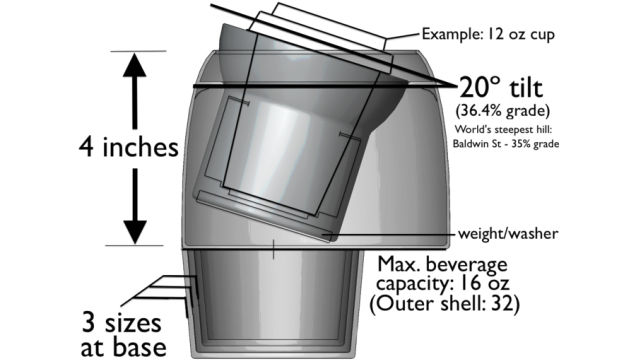
“One man’s trash is another man’s treasure,” is how the old saying goes that illustrates the vast diversity of the human concept of value. What is essential to some is meaningless to others, which represents the most perplexing challenge of product definition and portfolio management. Even if you could put every feature possible into a product, research has shown over and over again that only a critical few will affect the customer’s purchase decision.
The automobile cupholder is the perfect example of a product feature that was considered an afterthought by most, but which actually held tremendous power over the consumer, sometimes holding the important distinction of “dealbreaker” if missing or poorly executed. The challenge for product developers is to find a systematic way to focus scarce innovation resources on these powerful features and minimize time wasted on insignificant others.
The “Kano” customer satisfaction model, named after it’s creator, Noriaki Kano, was created to help product developers analyze their product around how customers view important features. At it’s basic level, the premise is that most features fall under one of three categories:
- “Must Have” features are basic necessities and requirements of a product. For example, tires are a “must have” feature of a car.
- “One-Dimensional” features are those with variable performance where value and price can increase when the performance increases. In a car, one could consider engine horsepower to be this type of feature.
- “Attractive” features are those which can greatly delight and even “excite” the customer. This is where you can get the most surprises, such as a simple and low-cost feature like cupholders or when heated seats were first introduced to cold climate drivers.
By doing a formal Kano exercise, including customer surveying and data plotting/mapping, one can quickly identify areas to focus on which will affect the bottom line and help teams make better decisions on critical design tradeoffs and investments.
If you’d like to learn more about the Kano model and how to make it work for you, Management Roundtable is offering a free webinar on June 10, 2015, “Kano Innovation Collaborative: Finding True Differentiators – Making More Profitable Products.” Follow the link provided for more information and to register for this session.
